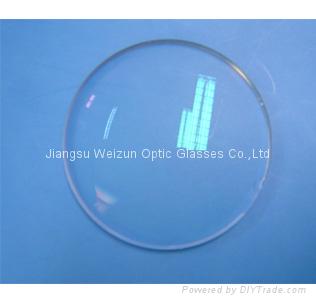Polycarbonate lens
Both eyeglass lens materials are light and impact-resistant. Gary Heiting helps you compare polycarbonate vs. Trivex lenses to see which is best for you. Polycarbonate glasses are great for kids. Learn how the right lens coatings and frames can enhance your polycarbonate lenses.
Muchos ejemplos de oraciones traducidas contienen “ polycarbonate lenses ” – Diccionario español-inglés y buscador de traducciones en español.

Designed to accommodate most eyeglass wearers, lightweight composite lenses are compatible with most protective treatments, including no-glare, photochromic and scratch-resistant . Find out more about what are the advantages and disadvantages of polycarbonate spectacle lenses. Search for more frequently asked questions about contact lenses , glasses and eye care at Specsavers. Our polycarbonate lenses lead the industry in quality and clarity. Thinner and lighter than plastic, polycarbonate lenses are used in most prescriptions. Next – Select Single Vision, No-Line Progressive, Lined Bifocals or Trifocals.
Do you need Single Vision, Progressive no-line lenses, lined Bifocals or Trifocals? Below is a description of the different types of polycarbonate lenses available for your glasses. Have you ever wondered what the difference is between glass lenses and polycarbonate lenses ?

Wonder no more and read here to get up to speed! Also known as Verilite, these lenses are recommended for sports glasses. Not all lenses are shatterproof, Today the FDA requires that all lenses for kids. A polycarbonate lens is a lens made of a thermoplastic polymer of the carbonate group.
It is about times more impact resistant than normal plastic or glass lenses. Getting baited and scared into buying things. First, I want to show you that clinical science knows a lot, a whole lot more about the eye than most of the retail outlets. Know how to respond when employees ask, “Why does our vision plan cover polycarbonate lenses for kids and not for adults? These impact-resistant lenses are a good choice if you play sports, work where your eyeglasses could easily get damage or have kids who are tough on their specs.
They also have built-in UV protection. Julbo Spectron polycarbonate lenses are very well adapted for outdoor sports. We offer six different types of spectron polycarbonate lenses. High-index eyeglass lenses are the right choice if you want thinner, lighter lenses and eyeglasses that are as attractive and comfortable as possible.
Thinner, lighter high-index lenses are especially recommended if you have a strong eyeglass prescription for nearsightedness, farsightedness or astigmatism. With ordinary plastic lenses, a strong prescription can result in a thicker lens. In contrast, our hi-index plastic or polycarbonate lenses will reduce lens thickness for greater comfort and a better appearance.
Hi-index plastic is lightweight and thinner than most plastic. Essilor offers hi-index 1. Excellent optical clarity.

Anti-reflective (AR) coating adheres to glass very well. Disadvantages: At least twice the weight of plastic or polycarbonate lenses. Discover the benefits and negatives of these two popular lens choices, along with which is better for you.
Some people might ask “what are polycarbonate lenses ? Instead polycarbonate lenses are engineered to crack in a spiderweb pattern to prevent shards from the damaged lens from injuring the eye.